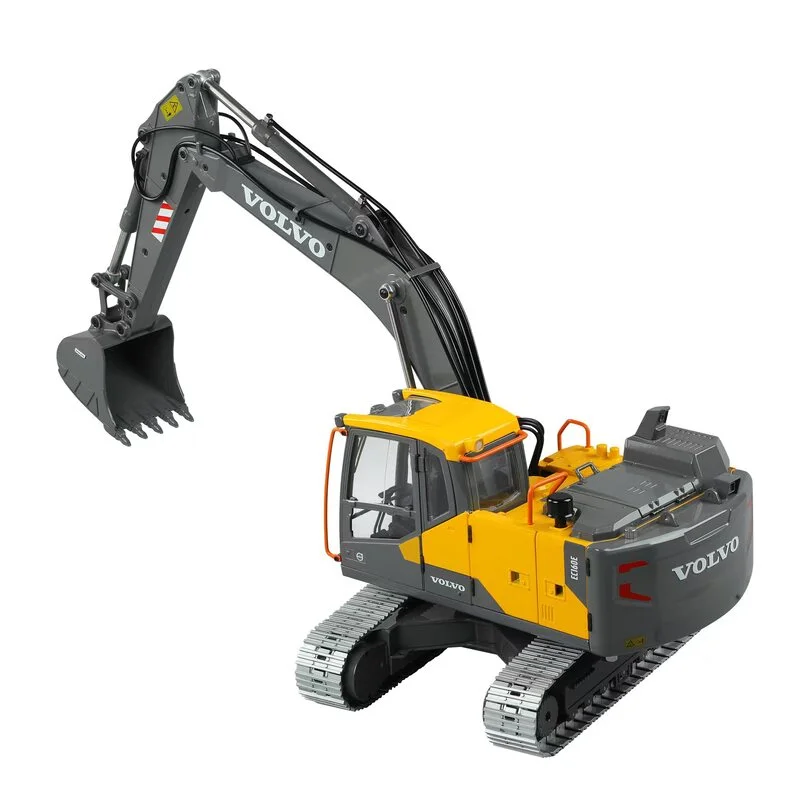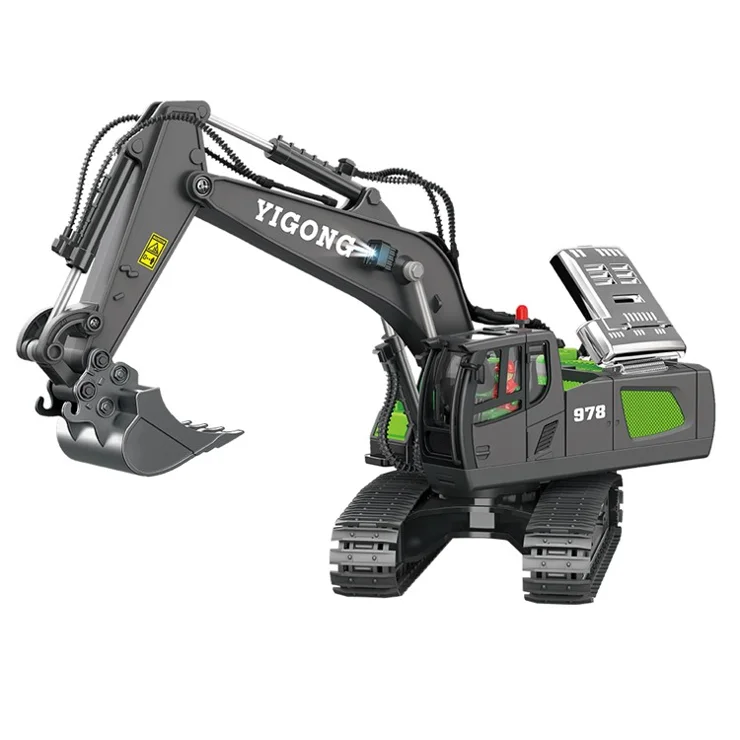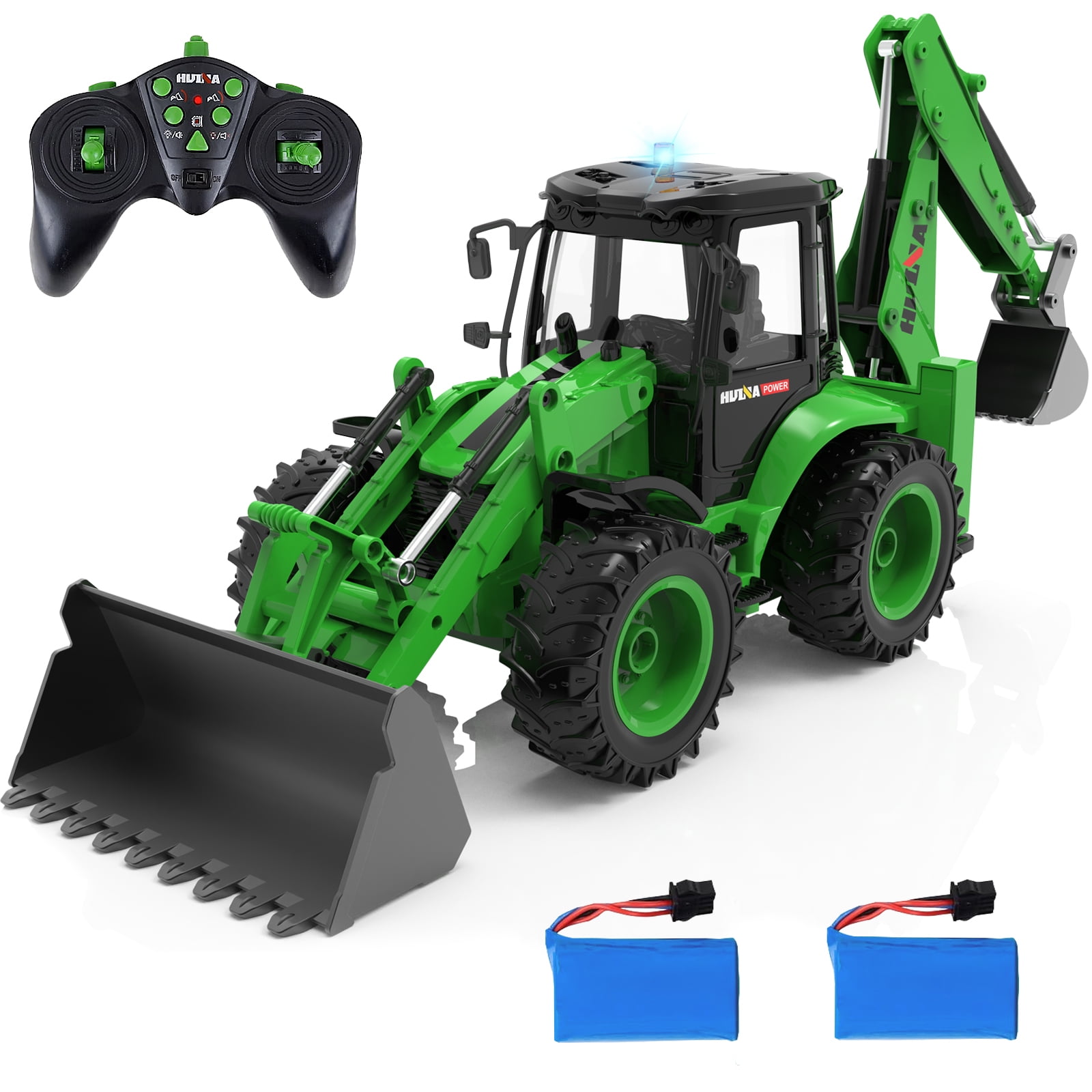The Important Functions of Excavator That Make It a Must-Have Tool
Excavators are important in the building and landscaping sectors. Their functional add-ons permit an array of jobs, from digging to demolition. Furthermore, they boast exceptional excavating depth and reach, powered by robust engines. Operator convenience and portable layouts enhance usability in different environments. Nevertheless, what truly establishes excavators apart are their advanced hydraulic systems and resilience. Recognizing these functions can clarify why they are considered essential devices on any kind of job website.
Functional Accessories for Enhanced Functionality
Excavators are effective machines on their very own, the enhancement of functional attachments substantially boosts their functionality. These add-ons transform a basic excavator right into a multi-purpose tool, ideal for a range of tasks. Pails, as an example, come in different forms and sizes, enabling drivers to dig, scoop, and relocate materials successfully. Hydraulic thumbs can be added for boosted gripping and handling of bulky items, such as logs or rocks.Furthermore, specialized attachments like augers and breakers allow for boring and demolition job, broadening the excavator's energy on building and construction websites. remote control excavator. Grapples are an additional option, ideal for arranging and moving particles. This adaptability not only raises performance however additionally decreases the requirement for multiple makers, conserving time and costs. By equipping excavators with the ideal add-ons, operators can tackle diverse projects, making them vital in the building and construction industry
Superior Excavating Depth and Get To
Excavators are designed with premium digging deepness and reach, enabling them to steer in limited rooms and accessibility hard-to-reach locations. This capacity is crucial for different construction and excavation jobs, where standard equipment might fail. With adjustable boom arms and extendable tracks, excavators can quickly browse uneven terrain while keeping stability.The digging deepness can differ considerably amongst designs, usually ranging from 10 to 25 feet, relying on the style and objective. This function makes it possible for operators to dig deep into foundations, trenches, and various other deep frameworks effectively. Furthermore, the reach of an excavator allows for specific digging and product handling without rearranging the equipment often, conserving time and labor costs.Ultimately, the exceptional digging depth and reach of excavators make them important for specialists seeking to finish complex tasks with accuracy and performance. Their flexibility boosts productivity on job sites, showcasing them as a necessary tool in modern building and construction.
Powerful Engine Performance

Effective engine efficiency plays a crucial role in the capabilities of an excavator when it comes to effectiveness and productivity on building websites. A robust engine creates considerable horse power, permitting the maker to take on sturdy tasks effortlessly - remote control excavator. This strength equates into faster cycle times, enabling operators to complete jobs much more quickly.Additionally, effective engines offer the essential torque to handle challenging terrains and differed loads, ensuring that the excavator can execute successfully under different conditions. Whether it is raising, excavating, or relocating materials, the engine's performance directly affects the total operational performance of the machine.Furthermore, innovations in engine innovation have actually led to enhanced gas performance, decreasing operational costs while keeping power result. Eventually, the engine's efficiency functions as the backbone of an excavator, verifying its status as an important tool in the building industry
Advanced Hydraulic Systems

Boosted Lifting Capability
A significant improvement in lifting capability can be credited to sophisticated hydraulic systems found in modern-day excavators. These systems make use of high-pressure liquid to create higher force, allowing operators to lift much heavier tons with simplicity. The design behind these hydraulics assurances peak efficiency, giving an outstanding power-to-weight ratio that improves general efficiency. As a result, excavators can take on requiring tasks, such as lifting large materials or equipment, without jeopardizing stability. In addition, the durable layout of hydraulic elements contributes to raised toughness and dependability, making them appropriate for various construction environments. This enhanced training capability not just minimizes the time required for tasks but also lessens the need for added machinery, verifying necessary for both performance and cost-effectiveness in the building market.
Enhanced Accuracy Control
Although typical excavators commonly battled with accuracy, modern-day hydraulic systems have actually transformed control devices, making it possible for drivers to execute tasks with impressive accuracy. These advanced systems utilize symmetrical control valves that enable for smoother and extra receptive motions, substantially reducing the margin for error. Operators can now finely tune the excavator's motions, making it less complicated to navigate tight spaces and manage delicate materials. Improved responses systems even more educate operators of real-time performance, guaranteeing optimal sychronisation between the maker and driver. This raised precision not only boosts effectiveness however additionally enhances safety and security on work sites, reducing the risk of accidents. Because of this, modern excavators outfitted with sophisticated hydraulic systems are vital devices for construction and excavation projects requiring meticulous precision.
Operator Comfort and Visibility
Driver convenience and presence are crucial elements in the design of modern-day excavators (remote control excavator). Features such as ergonomic seat layout, boosted presence choices, and reliable control layouts greatly improve the operator's experience and productivity. Focusing on these aspects assurances that drivers can work effectively and securely useful content in various conditions
Ergonomic Seat Style
Convenience and exposure are vital in excavator style, with the ergonomic seat playing a necessary role in enhancing the driver's experience. An ergonomic seat is engineered to sustain the driver's body, decreasing tiredness during lengthy hours of operation. Flexible functions, such as seat height, back-rest angle, and back support, accommodate specific choices and promote excellent pose. These modifications improve comfort and enable the operator to preserve emphasis on tasks without pain. Furthermore, a well-designed seat can offer far better side assistance, permitting smoother handling when the excavator is in procedure. This thoughtful design not just enhances performance but additionally adds to total safety and security, making sure that drivers can perform their duties properly and successfully.
Boosted Visibility Functions
The style of an excavator expands past simply the seat, with improved exposure functions playing a significant duty in operator comfort and general safety. Huge home windows and strategically positioned mirrors offer drivers with a clear view of their surroundings, minimizing blind places. This layout consideration enables for much better spatial understanding, which is important in hectic job environments. In addition, numerous excavators include rearview electronic cameras and advanced monitoring systems that assist operators in maneuvering tight spaces. The combination of these exposure includes not just advertises security but additionally reduces operator tiredness by allowing easier tracking of workspace. Ultimately, improved visibility adds to extra effective procedures and aids guarantee that excavators can execute their jobs efficiently and securely.
Control Design Efficiency
While handling facility job websites, a reliable control layout greatly improves both operator convenience and exposure. A properly designed control configuration guarantees that drivers can access necessary features with marginal initiative, lowering exhaustion during long hours. Ergonomic joystick placements and instinctive button setups allow for smooth procedure, enabling drivers to preserve concentrate on the job at hand. In addition, clear visibility of both the workplace and the control board is essential for security and precision. Modern excavators frequently integrate flexible seating and control setups to fit different operator choices, additionally boosting comfort. Ultimately, a thoughtfully developed control format not just enhances productivity yet additionally fosters a more secure working environment by allowing operators to react quickly to transforming problems.
Compact Design for Urban Environments
As city building sites typically face room restraints, a portable layout comes to be essential for excavators operating in these settings. These equipments are engineered to navigate limited areas, enabling for efficient ability to move in congested job sites. A lowered footprint enables them to work closely to existing structures, reducing disturbance and taking full advantage of productivity.The portable design commonly consists of much shorter tracks and a tighter transforming span, assisting in procedure in slim streets and confined locations. Lightweight materials add to ease of transport, making it less complex to relocate the excavator from one location to an additional within the metropolitan landscape.Additionally, many small excavators are furnished with features such as versatile accessories and extendable arms, enhancing their capability while preserving a little dimension. This adaptability allows operators to tackle a selection of jobs, from digging to demolition, all while suitable effortlessly into the constraints of urban environments.

Resilience and Maintenance Considerations
Resilience stands as an important element in the efficiency and find out here longevity of excavators, especially sought after urban settings. These makers go through rigorous conditions, consisting of differing soil kinds, extreme temperatures, and high-frequency usage. Top quality materials and robust building and construction are necessary for ensuring that excavators can withstand these difficulties without compromising functionality.Regular maintenance is just as crucial in protecting longevity. Scheduled assessments, prompt oil changes, and the substitute of worn elements add considerably to an excavator's life-span. Operators has to likewise pay focus to hydraulic systems, tracks, and undercarriages, as these parts frequently birth the burden of wear and tear.Investing in sturdy excavators with considerable maintenance strategies improves reliability and lessens downtime, eventually leading to boosted efficiency on building and construction websites. For that reason, understanding the interplay in between resilience and maintenance is vital for anyone considering the procurement of an excavator for metropolitan projects.
Frequently Asked Inquiries
Just How Do Excavators Contrast to Various Other Building Equipment?
Excavators stand apart among building and construction devices due to their flexibility, making it possible for tasks such as training, grading, and digging. Compared to others, their hydraulic capacities use higher effectiveness and power, making them indispensable on numerous job websites.
What Safety And Security Includes Are Included in Modern Excavators?
Modern excavators incorporate numerous safety and security functions, including rollover defense systems, alarm systems, and progressed visibility enhancements. These elements function with each other to reduce risks, ensuring driver safety and security while enhancing efficiency on building sites and various other requiring atmospheres.

Can Excavators Be Used in Winter Conditions?
Excavators can certainly be used in winter months problems, provided they are furnished with appropriate wintertime add-ons and safety measures are taken. Correct maintenance and adjustments improve their performance, making certain reliable operation regardless of challenging weather circumstances.
What Is the Typical Life Expectancy of an Excavator?
The ordinary lifespan of an excavator commonly varies from 7,000 to 10,000 hours of operation. This duration can significantly depend on maintenance methods, running problems, and the specific version's sturdiness and style attributes.
Exactly how Do I Choose the Right Excavator Dimension for My Job?
Choosing the right excavator dimension involves reviewing task scope, website conditions, and product types. Take into consideration elements like reach, depth demands, and weight capacity to assure optimal pop over here effectiveness and safety and security during procedure. Dimension issues substantially in job success. Additionally, the reach of an excavator allows for exact excavating and product handling without rearranging the machine often, conserving time and labor costs.Ultimately, the exceptional digging deepness and reach of excavators make them important for professionals looking for to complete intricate tasks with accuracy and performance. Comfort and exposure are extremely important in excavator design, with the ergonomic seat playing an essential function in enhancing the driver's experience. The style of an excavator extends beyond just the seat, with enhanced presence attributes playing a considerable function in operator comfort and general security. Modern excavators commonly integrate adjustable seats and control settings to suit various operator preferences, better boosting comfort. Light-weight materials contribute to ease of transport, making it easier to relocate the excavator from one location to one more within the metropolitan landscape.Additionally, many compact excavators are outfitted with features such as extendable arms and versatile add-ons, enhancing their capability while maintaining a small dimension.